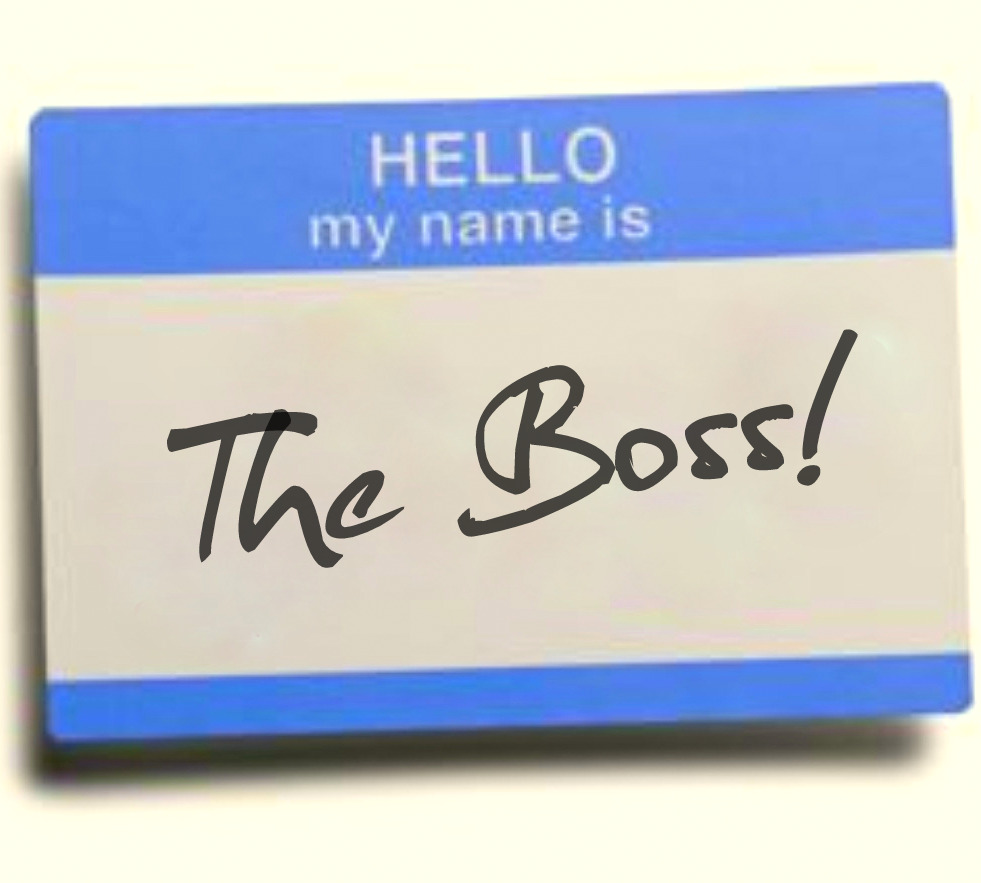As anyone who is self-employed will attest, their goal, and that of their accountant, is for them to personally pay as little tax as possible. I’m self-employed too so I understand the reasoning!
This is typically not a problem as long as what you’re claiming is on the up and up, in case CRA ever does an audit, or if you want to qualify to purchase a home.
Over a year ago I wrote a blog post called “Is getting a mortgage harder for the self-employed?” The simplest answer is yes, if you’re not prepared!
Ideally you want to start thinking about how you’re going to qualify for the new home about two years before you’re ready to make the move. The reason is, lenders will want to see to years worth of consistent income whether you go the provable income route (line 150 of your Notices of Assessment with Business Financials to back them up) or the stated income route (using strong Business Financials to show how much you’re really earning).
So this is where the debate starts: should you claim more income for two years to ensure you qualify for the purchase price you’ll be looking at, or is it cheaper for you to just save what you would pay in tax if you claimed more income so that you have more of a down payment – understanding that, in some cases, you might pay an increased interest rate for the mortgage term?
For illustration purposes, let’s say the average home costs about $420,000 and that these illustrations show income for a single income per household. To purchase a property at $420,000 with 5% down ($21,000) would require a minimum income of $78,000, assuming no other debt repayments (ie. credit cards, lines of credit, personal/vehicle loans etc.).
If you were claiming $78,000 of income in Alberta, you’re marginal tax rate is 32% meaning that you would have to pay $24,960 in tax for a minimum of two years to qualify for 5% down.
If you are claiming only $43,000 in income (assuming employment/T4 income, not dividends) you drop down a tax bracket to 25% and you would only be required to pay $10,750 in taxes for those same two years. The $28,000 that you would save in income tax over those two years could be put into a savings account or RRSP to access as a down payment when you’re ready to buy – giving you a 10% down payment and allowing you to do the stated income program!
Keep in mind that illustrations are all well and good, but nothing is this simple. When it comes to stated income, lenders and insurers will want to see two years of business financials and the company has to be in great financial health – solid net income, preferably with some growth. The income that we state also needs to be less than or equal to the average two year net income of the corporation, adding in an none cash expense like depreciation.
It is also important to note that we’re not sure how much longer Stated Income programs for individuals with less than a 20% down payment (ie. insured) will be around. In July of 2014 we saw CMHC cancel their Stated Income program leaving Genworth and Canada Guaranty – both of these insurers say they have no plans to cancel their programs at this time.
Obviously, we can’t predict the future with great certainty so the longer out you’re planning, and given the enormous changes we’ve seen in the mortgage industry in the last two to three year, keep in mind that this program might not be available if you wait too long.



Leave A Comment